Home>Gardening & Outdoor>Plant Care & Gardening Tips>What Is A Non-Native Plant
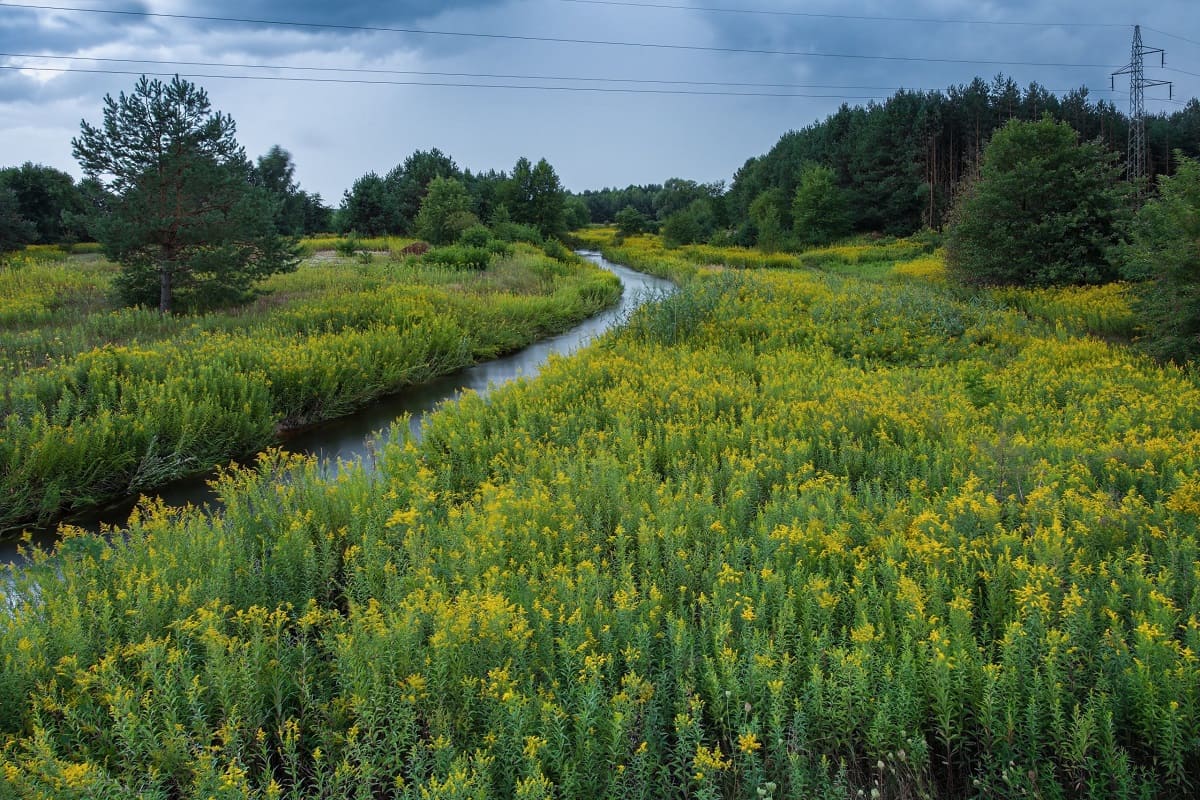

Plant Care & Gardening Tips
What Is A Non-Native Plant
Published: December 25, 2023
Learn about non-native plants and their impact on the environment. Discover plant care and gardening tips for non-native species. Enhance your gardening knowledge today!
(Many of the links in this article redirect to a specific reviewed product. Your purchase of these products through affiliate links helps to generate commission for Storables.com, at no extra cost. Learn more)
**
Introduction
**
Welcome to the fascinating world of gardening and plant care! As you embark on your journey to cultivate a thriving garden, it's essential to understand the concept of non-native plants and their implications. In the realm of horticulture, the term "non-native plants" carries significant weight, influencing various aspects of gardening, landscaping, and environmental conservation.
When we discuss non-native plants, we delve into a realm where the interplay between human intervention and natural ecosystems becomes apparent. These plants, often introduced to regions far from their original habitats, have the potential to both enhance and disrupt the environment. Understanding the characteristics, impacts, and management of non-native plants is crucial for any gardening enthusiast seeking to foster a sustainable and harmonious outdoor space.
In the subsequent sections, we will unravel the intricacies of non-native plants, shedding light on their definition, impacts, and the strategies employed in their management. By exploring these facets, you will gain valuable insights that can inform your gardening practices and contribute to the preservation of local ecosystems. Let's embark on this enlightening journey to uncover the world of non-native plants and their role in the tapestry of horticulture and environmental stewardship.
Key Takeaways:
- Non-native plants are species that have been moved from their original habitats to new locations by humans, potentially impacting local ecosystems and biodiversity.
- Understanding and managing non-native plants is crucial for maintaining a balanced and thriving environment, while also embracing the benefits they bring to horticulture and landscaping.
Definition of Non-Native Plants
Non-native plants, also referred to as exotic or introduced species, are botanical entities that have been transported from their indigenous habitats to new geographical locations, often due to human activity. These plants may be introduced intentionally for ornamental, agricultural, or landscaping purposes, or inadvertently through activities such as trade, travel, or colonization.
Characteristically, non-native plants exhibit a propensity to thrive in their new environments, sometimes surpassing the growth and proliferation rates observed in their original habitats. This adaptability can be attributed to a combination of factors, including favorable climatic conditions, absence of natural predators, and the availability of suitable resources for growth and reproduction.
The distinction between non-native plants and native species is pivotal in ecological contexts. Native plants are inherently intertwined with the intricate web of local ecosystems, having evolved and adapted to the specific environmental conditions of their native regions over extensive timeframes. On the other hand, non-native plants, having originated elsewhere, can potentially exert profound influences on the ecological dynamics of the areas they colonize.
It is important to note that not all non-native plants pose ecological threats or exhibit invasive tendencies. Many non-native species coexist harmoniously with native flora and fauna, contributing to the biodiversity and aesthetic diversity of landscapes. However, certain non-native plants, termed invasive species, can have detrimental effects on native ecosystems, outcompeting indigenous flora, altering soil composition, and disrupting ecological balance.
Understanding the nuances of non-native plants is essential for gardeners and environmental stewards. By discerning the characteristics and behaviors of non-native species, individuals can make informed decisions regarding plant selection, cultivation practices, and conservation efforts, ultimately fostering sustainable and resilient ecosystems.
Impacts of Non-Native Plants
The introduction of non-native plants to new environments can engender a spectrum of impacts, influencing ecological, economic, and societal dimensions. While many non-native plants coexist harmoniously with native flora and fauna, certain species have the potential to instigate far-reaching consequences that necessitate careful consideration and management.
One of the primary concerns associated with non-native plants is their capacity to become invasive species. Invasive non-native plants can proliferate rapidly, outcompeting indigenous vegetation and altering the composition of ecosystems. This phenomenon can lead to a reduction in biodiversity, as native species may struggle to survive in the presence of aggressive non-native flora. Furthermore, invasive plants can modify soil properties, disrupt nutrient cycles, and impede the regeneration of native habitats, ultimately compromising the resilience of ecosystems.
Ecological impacts aside, non-native plants can also exert economic and societal repercussions. In agricultural settings, certain non-native species may become agricultural pests, jeopardizing crop yields and necessitating extensive pest management measures. Moreover, the introduction of non-native plants can influence cultural landscapes and recreational areas, potentially altering the aesthetic and functional attributes of these spaces.
However, it is important to recognize that not all non-native plants yield negative impacts. Many non-native species contribute to the aesthetic diversity of landscapes, providing ornamental value and enriching horticultural practices. In urban environments, non-native plants often form integral components of green spaces, enhancing the visual appeal and ecological functions of urban landscapes.
Understanding the multifaceted impacts of non-native plants is essential for devising informed strategies to mitigate potential risks and capitalize on the benefits they offer. By fostering a nuanced understanding of the interactions between non-native and native flora, individuals can navigate the complexities of plant management, conservation, and sustainable landscaping, thereby promoting resilient and biodiverse ecosystems.
When identifying non-native plants, look for species that have been introduced to an area by humans and are not naturally found in that ecosystem. These plants can outcompete native species and disrupt the balance of the ecosystem.
Management of Non-Native Plants
The management of non-native plants encompasses a multifaceted approach aimed at mitigating the potential risks associated with invasive species while harnessing the beneficial attributes of non-native flora. Effective management strategies are essential for preserving ecological integrity, safeguarding native biodiversity, and promoting sustainable horticultural practices.
One pivotal facet of non-native plant management involves proactive measures to prevent the introduction and spread of invasive species. This necessitates stringent regulations governing the importation and trade of non-native plants, coupled with public awareness campaigns to educate individuals about the potential ecological impacts of certain species. By bolstering biosecurity measures and promoting responsible plant selection and cultivation, the inadvertent introduction of invasive non-native plants can be curtailed.
In instances where non-native plants have already established themselves as invasive species, targeted control and eradication efforts become imperative. These measures encompass a spectrum of techniques, including manual removal, mechanical interventions, and the judicious application of herbicides in accordance with environmentally sound practices. Integrated pest management strategies, which integrate biological, cultural, and chemical control methods, can be instrumental in curbing the proliferation of invasive non-native plants while minimizing collateral impacts on native ecosystems.
Furthermore, the cultivation of non-invasive non-native plants, particularly those with ornamental and horticultural value, presents an opportunity to harness the benefits of non-native flora while mitigating ecological risks. By prioritizing the selection and promotion of non-invasive non-native species, gardeners and landscapers can enrich the visual diversity of landscapes without compromising native biodiversity.
Collaborative efforts among governmental agencies, environmental organizations, and community initiatives are pivotal for the effective management of non-native plants. By fostering partnerships and knowledge exchange, stakeholders can leverage collective expertise to develop and implement robust management strategies that balance ecological conservation with the cultivation of vibrant and resilient landscapes.
Ultimately, the management of non-native plants necessitates a holistic and adaptive approach, one that integrates scientific insights, stakeholder engagement, and a commitment to environmental stewardship. By navigating the complexities of non-native plant management with foresight and diligence, individuals can contribute to the preservation of native ecosystems while embracing the horticultural potential of non-native flora.
Conclusion
The realm of non-native plants encompasses a rich tapestry of botanical diversity, intertwining with the intricate ecosystems that shape our natural landscapes. As we navigate the nuances of non-native plants, it becomes evident that these botanical entities wield the potential to both enrich and disrupt the environments they inhabit. By discerning the impacts, management strategies, and ecological dynamics associated with non-native plants, individuals can cultivate a deeper understanding of their role in horticulture and environmental conservation.
While certain non-native plants pose ecological threats as invasive species, it is essential to recognize that not all non-native species yield detrimental impacts. Many non-native plants contribute to the aesthetic and functional diversity of landscapes, enhancing horticultural practices and enriching the visual tapestry of our surroundings. By embracing a nuanced perspective that acknowledges the diverse attributes of non-native flora, individuals can harness the benefits of these plants while safeguarding native ecosystems.
Effective management of non-native plants hinges on a proactive and adaptive approach that integrates preventive measures, targeted control efforts, and the promotion of non-invasive non-native species. By fostering collaborative initiatives and leveraging scientific insights, stakeholders can navigate the complexities of non-native plant management, thereby fostering resilient and biodiverse landscapes while mitigating potential ecological risks.
As gardening enthusiasts, environmental stewards, and advocates for sustainable landscapes, our engagement with non-native plants carries profound implications for the preservation of biodiversity and the cultivation of vibrant outdoor spaces. By fostering a holistic understanding of non-native plants and their ecological dynamics, we can embark on a journey that harmonizes the cultivation of thriving gardens with the preservation of native ecosystems, ultimately contributing to the resilience and beauty of our natural world.
Embracing the complexities and nuances of non-native plants empowers us to cultivate landscapes that resonate with biodiversity, sustainability, and aesthetic allure. As we navigate the ever-evolving interplay between native and non-native flora, let us embark on this enriching journey with a spirit of stewardship, curiosity, and reverence for the natural world.
Frequently Asked Questions about What Is A Non-Native Plant
Was this page helpful?
At Storables.com, we guarantee accurate and reliable information. Our content, validated by Expert Board Contributors, is crafted following stringent Editorial Policies. We're committed to providing you with well-researched, expert-backed insights for all your informational needs.
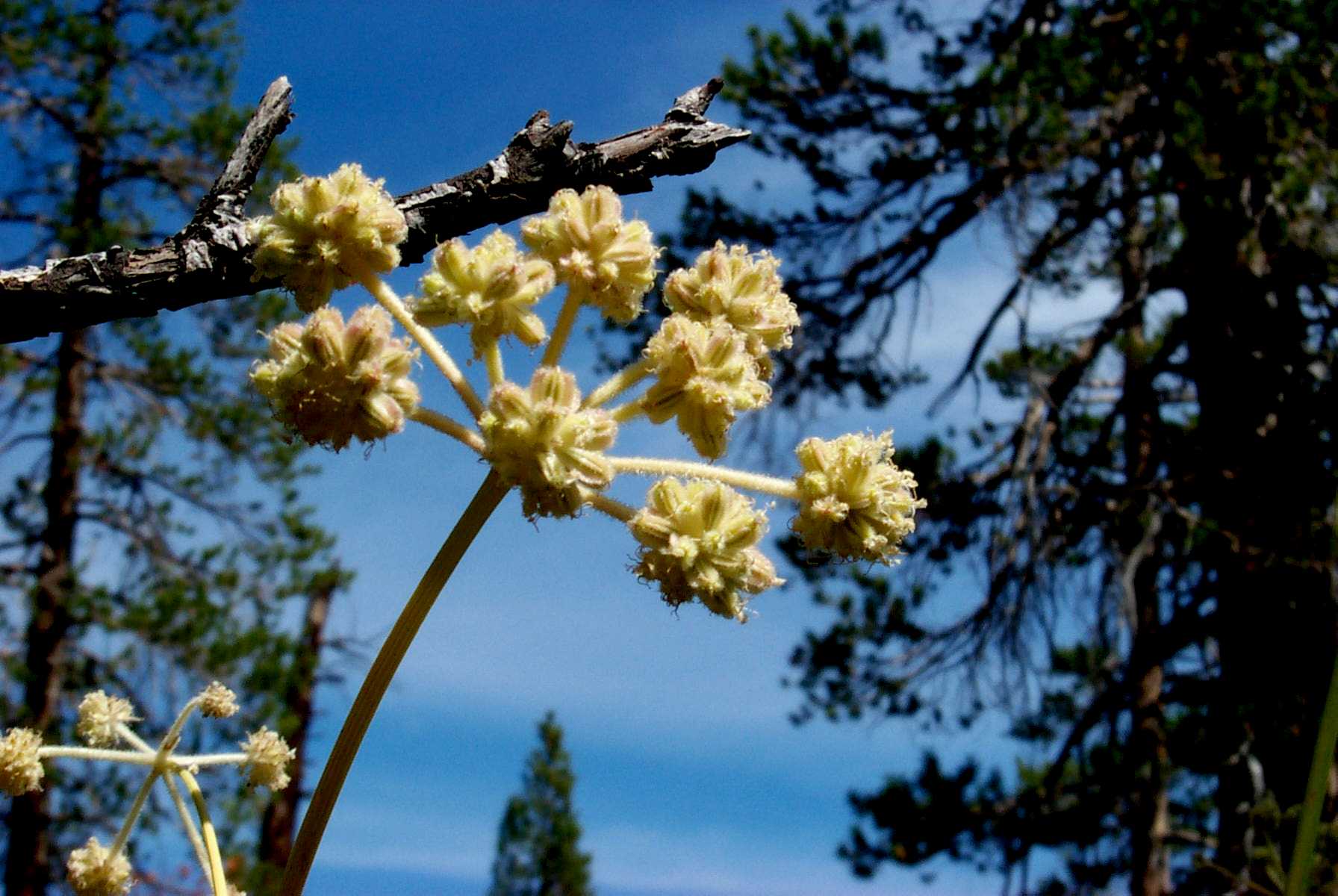
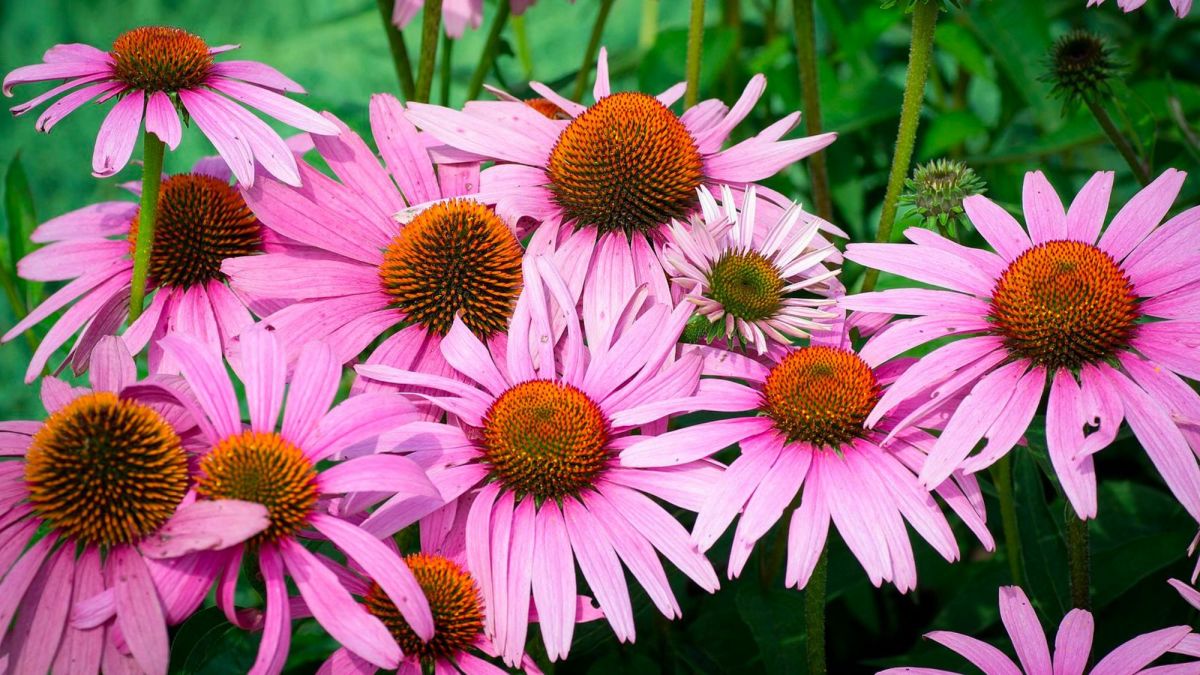
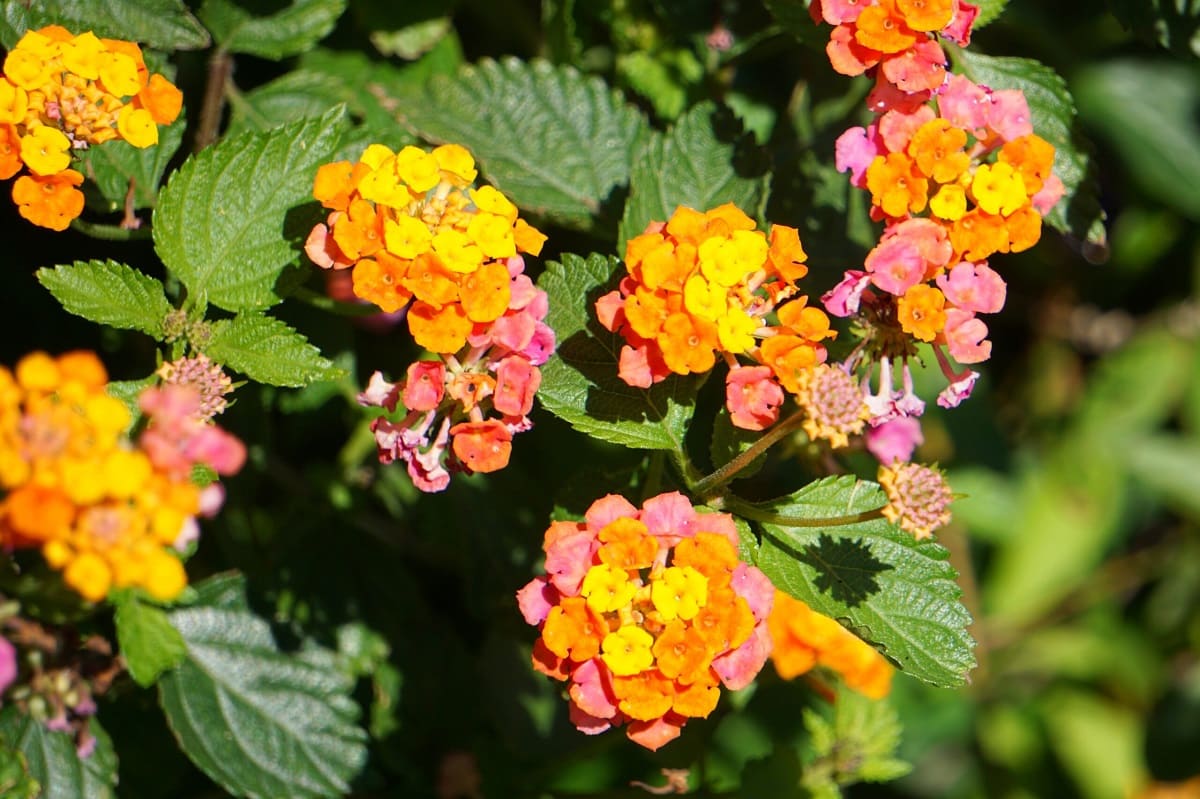
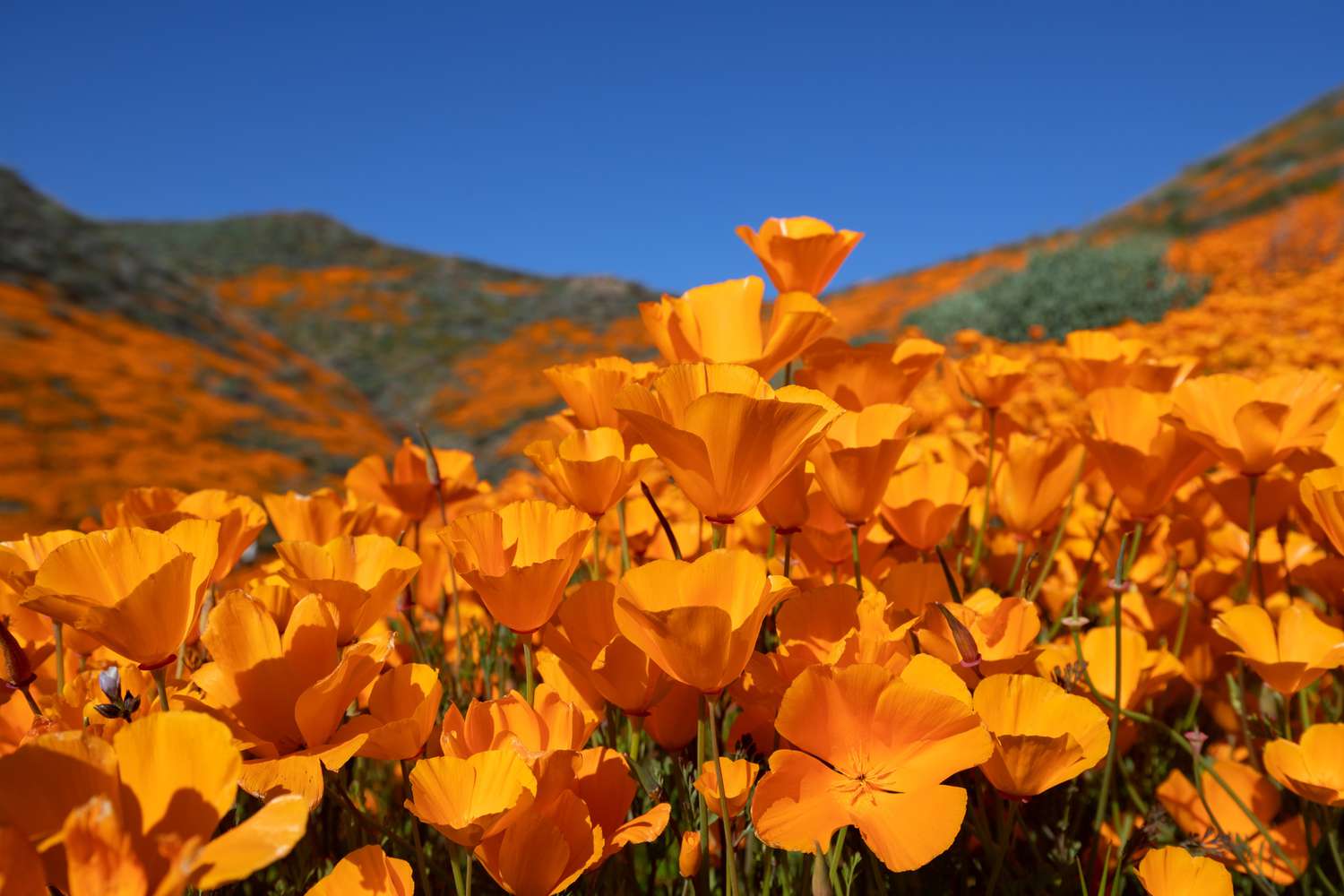
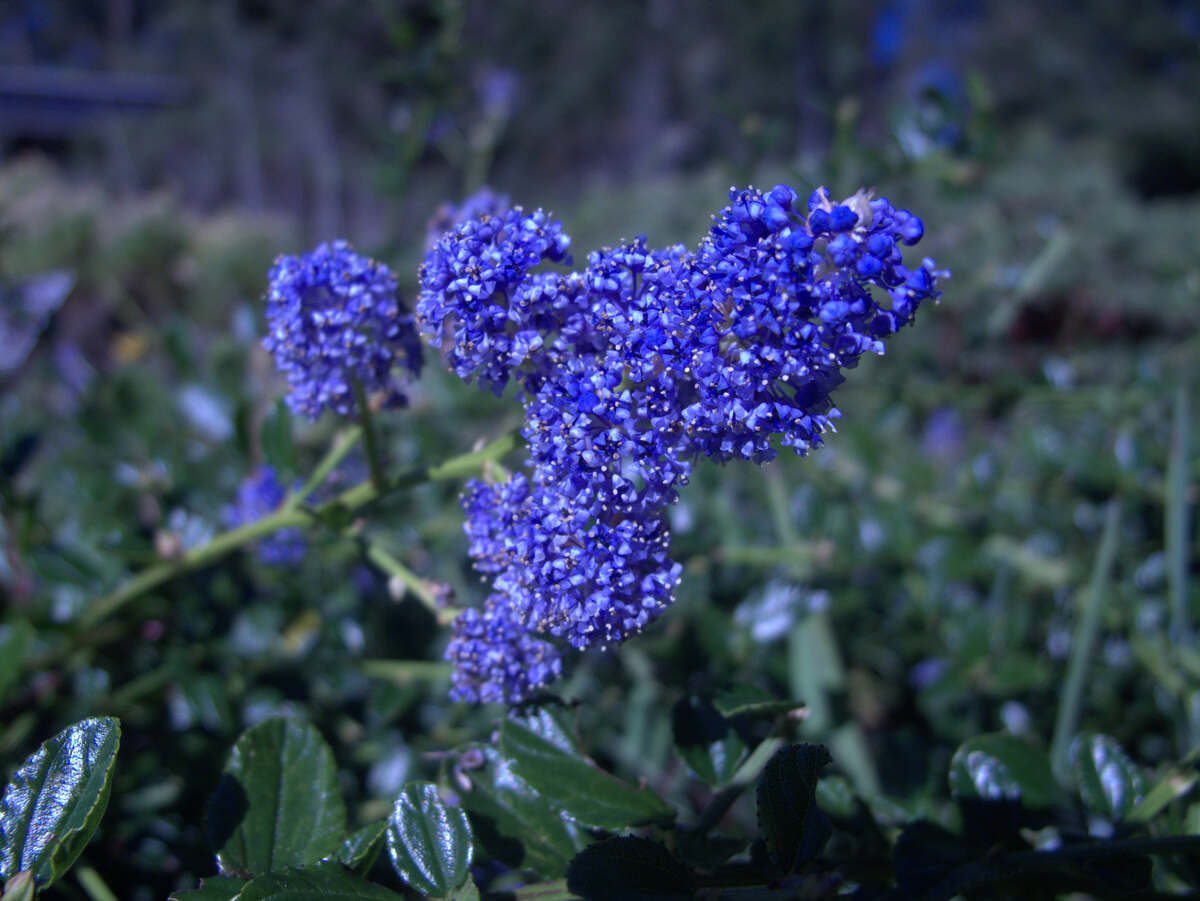
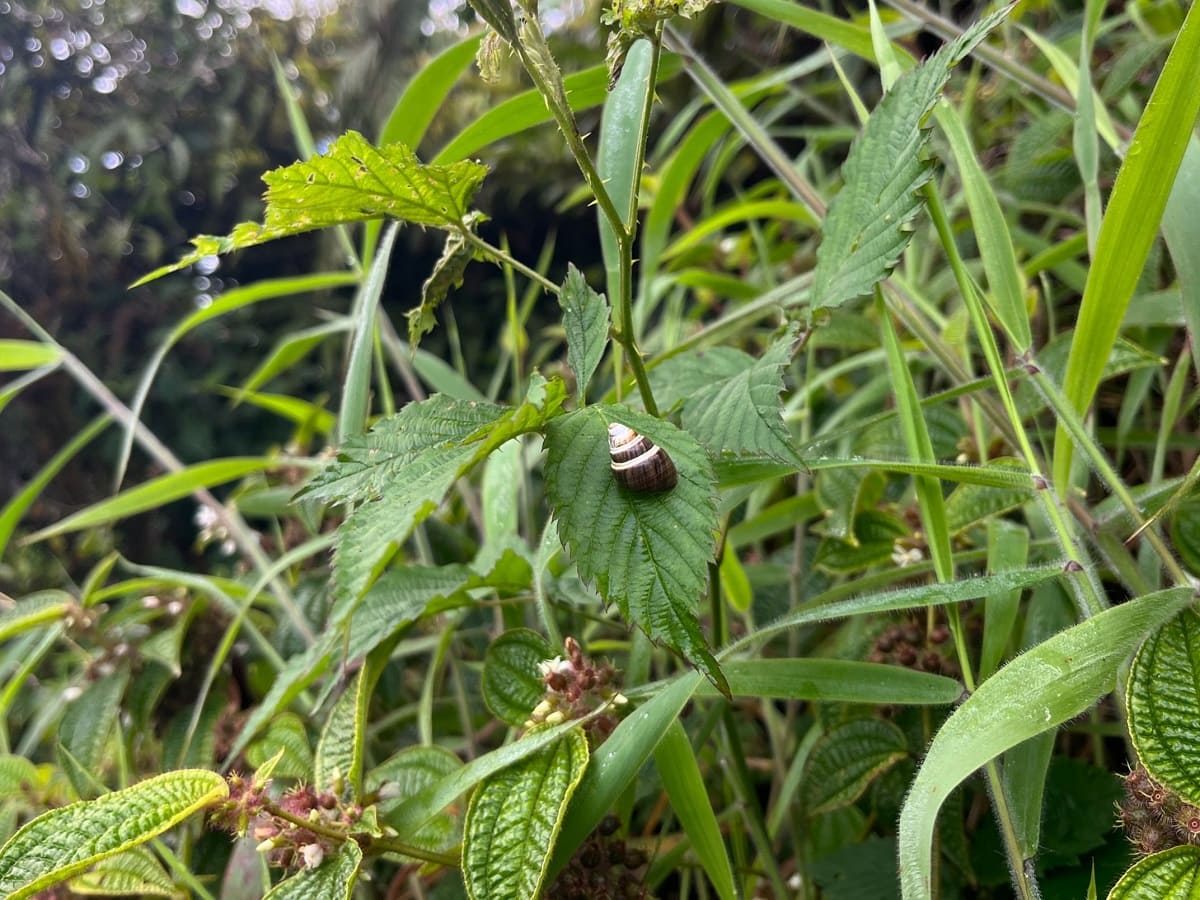
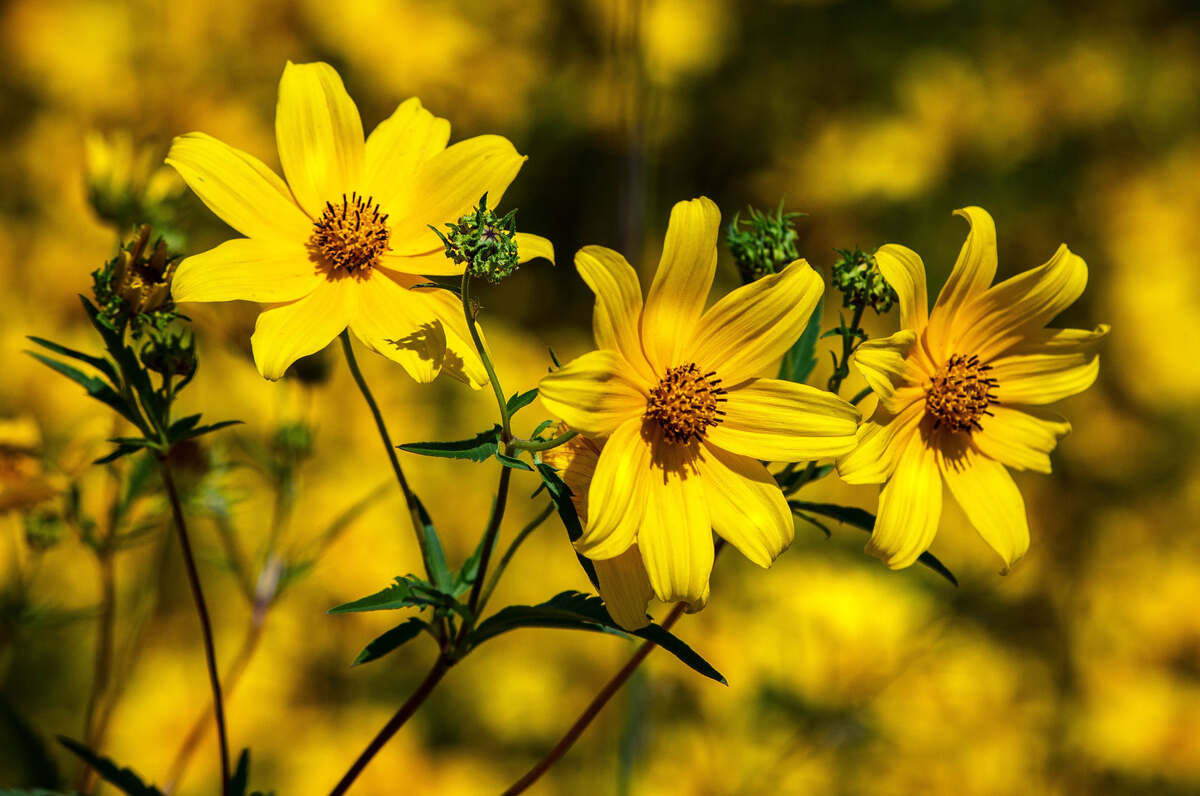
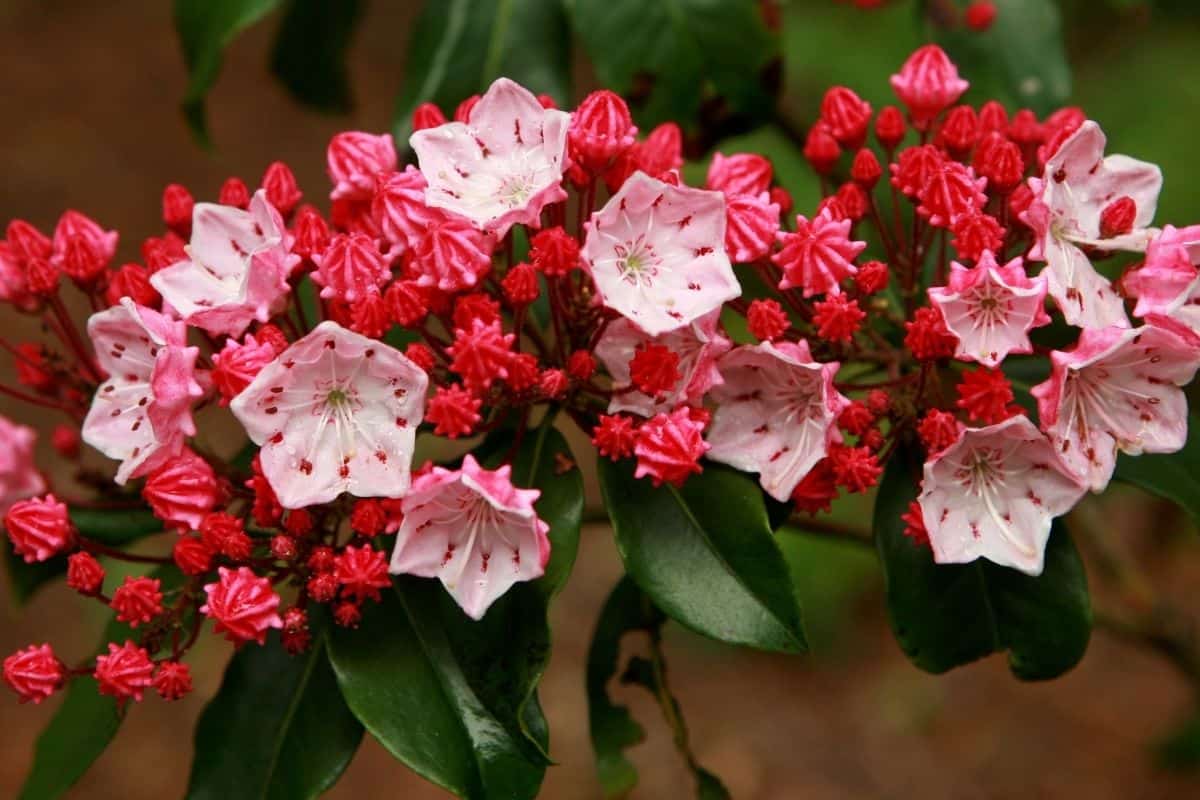
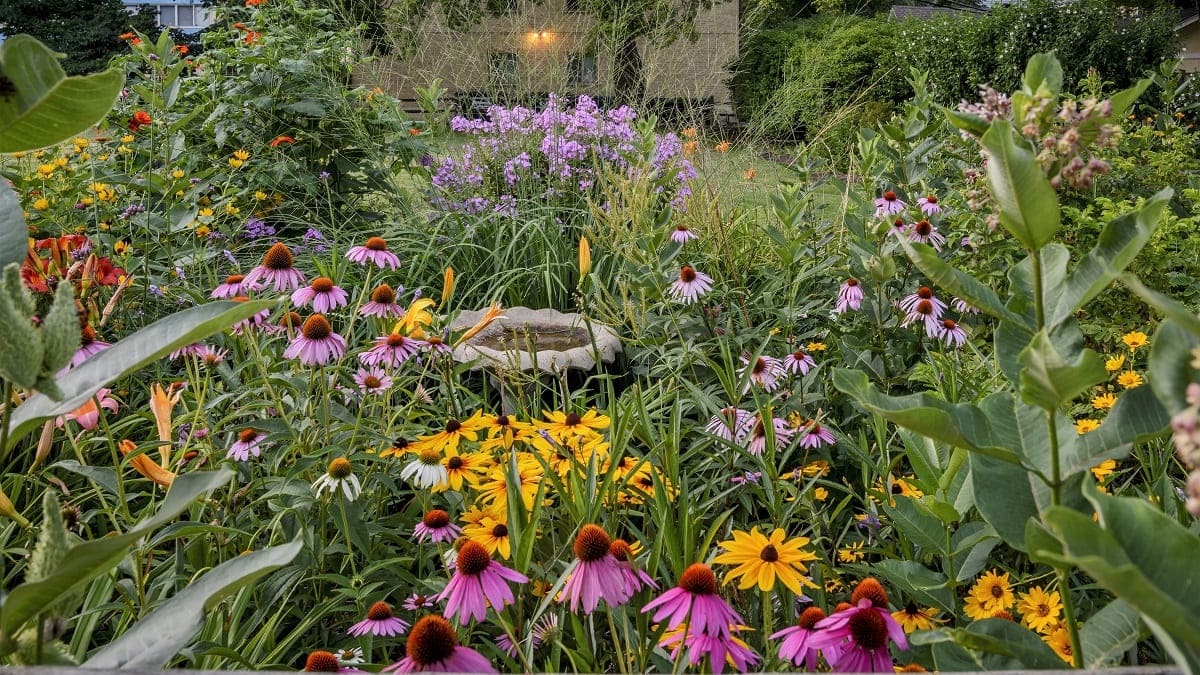
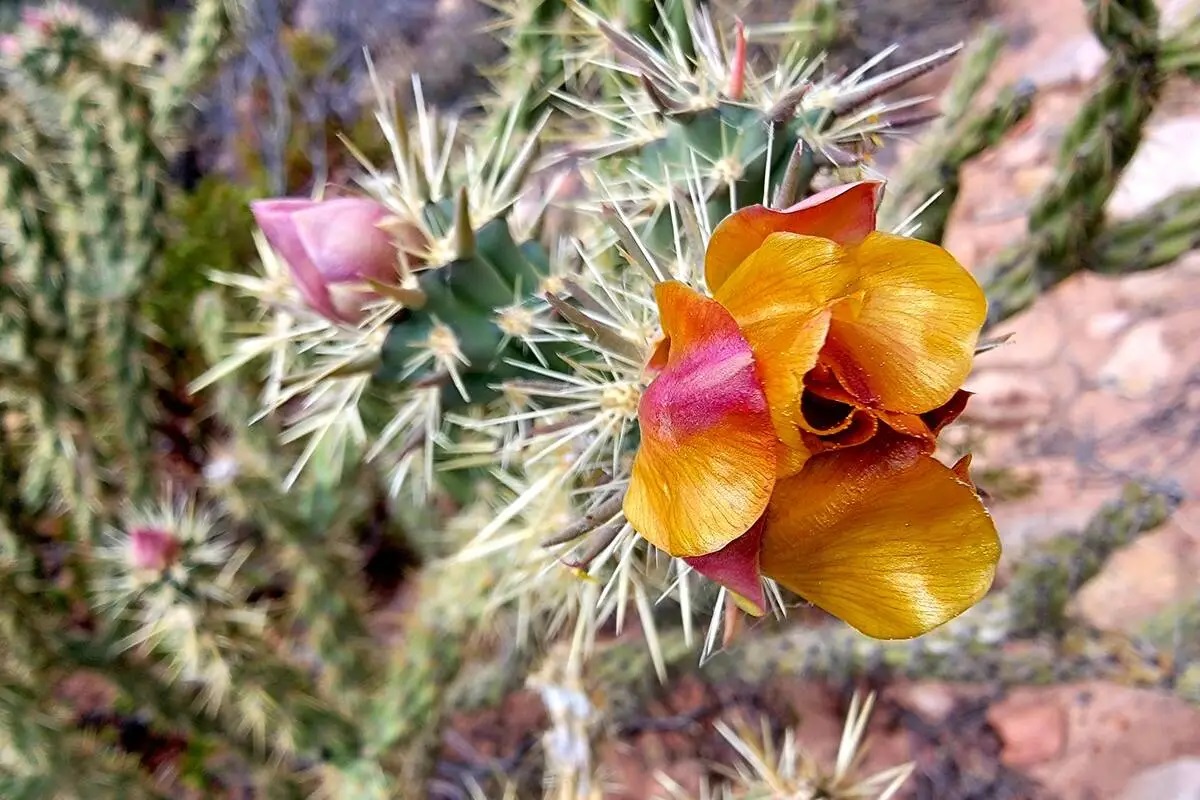
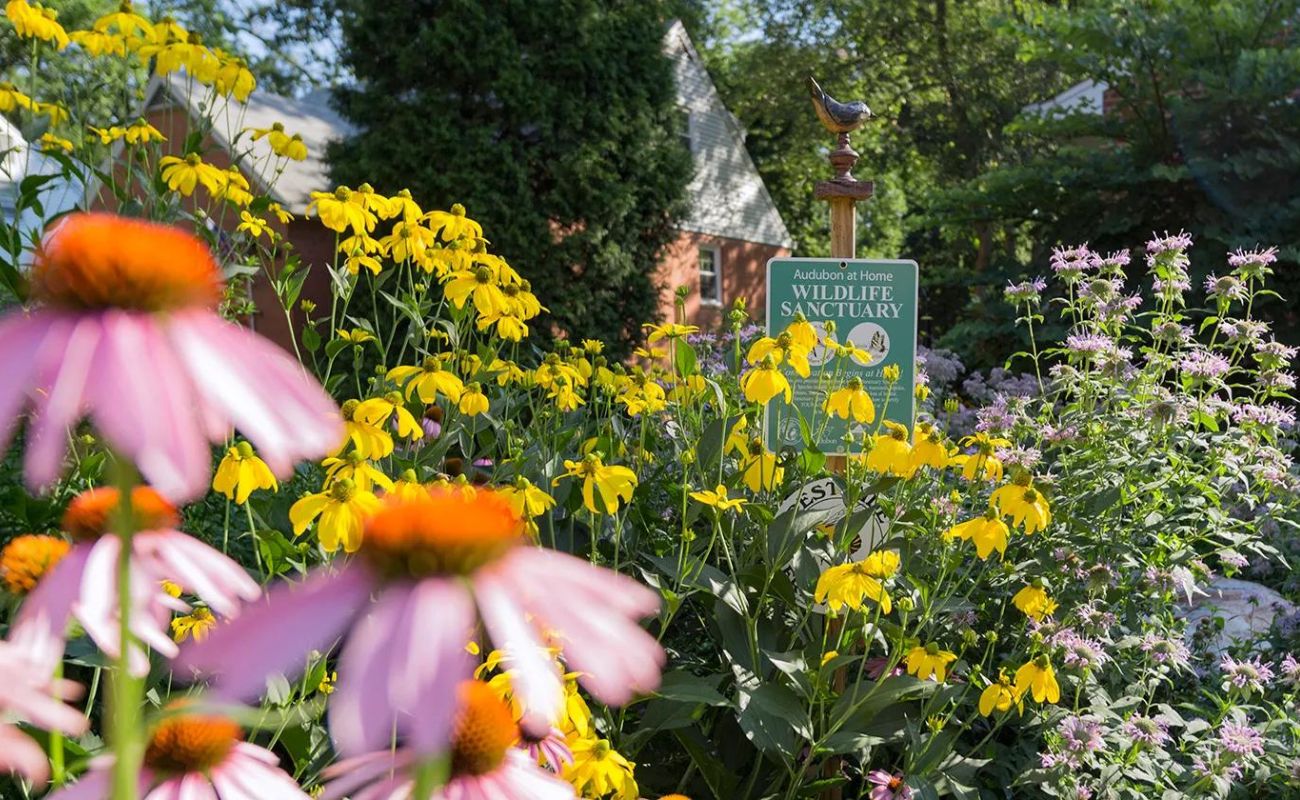

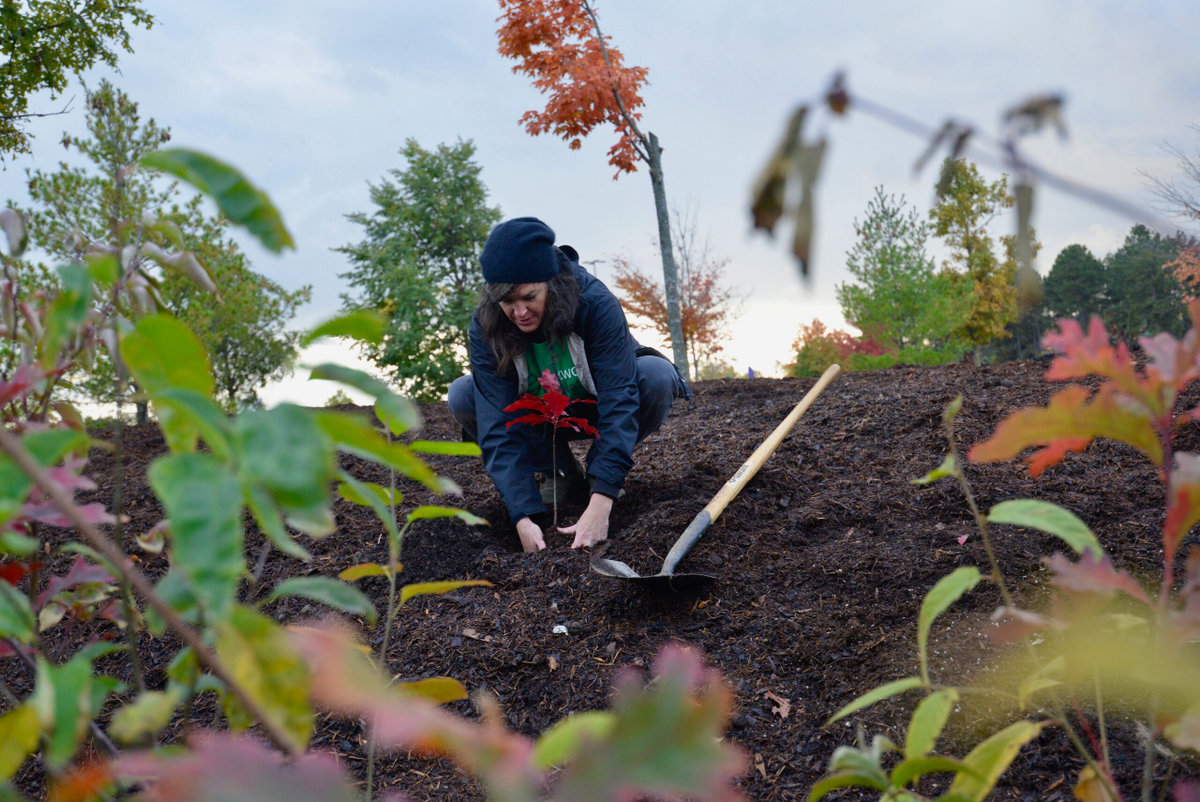

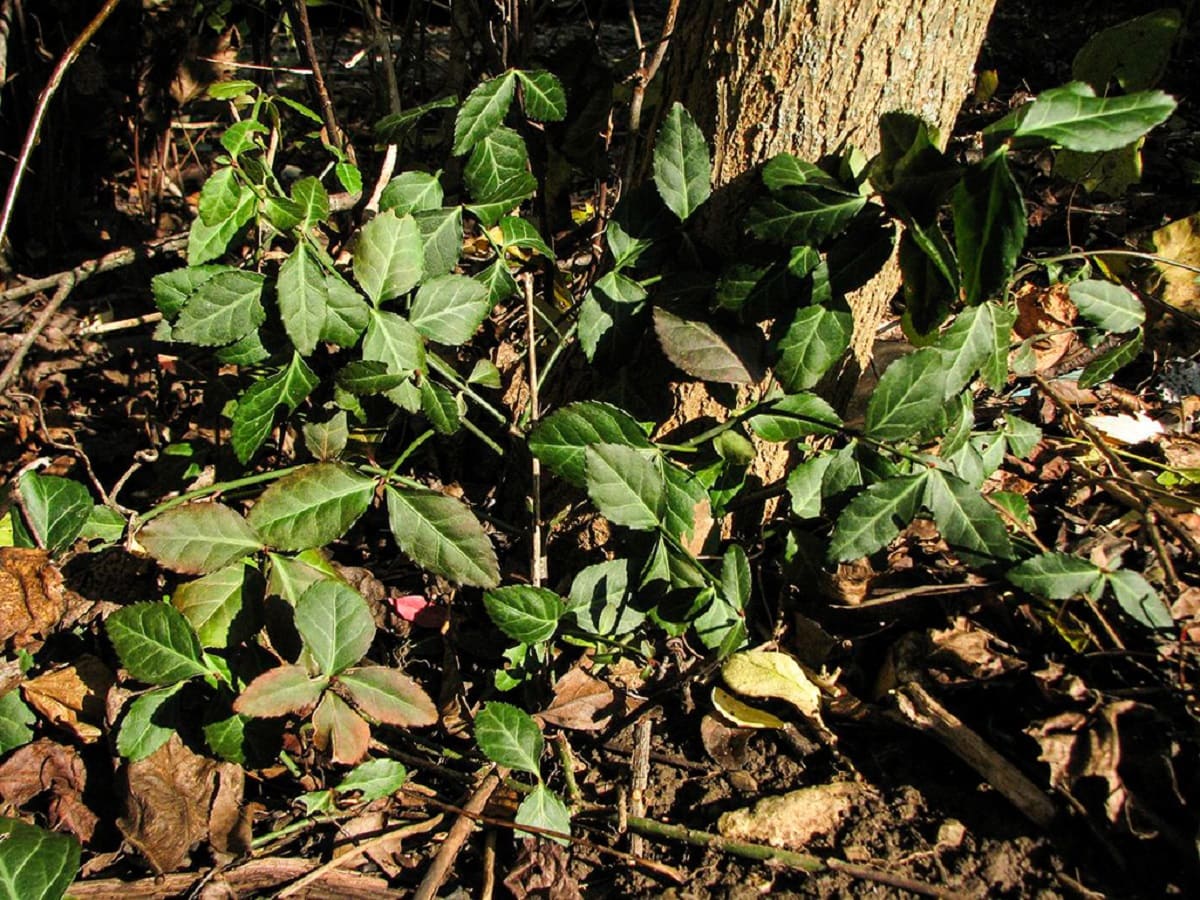

0 thoughts on “What Is A Non-Native Plant”